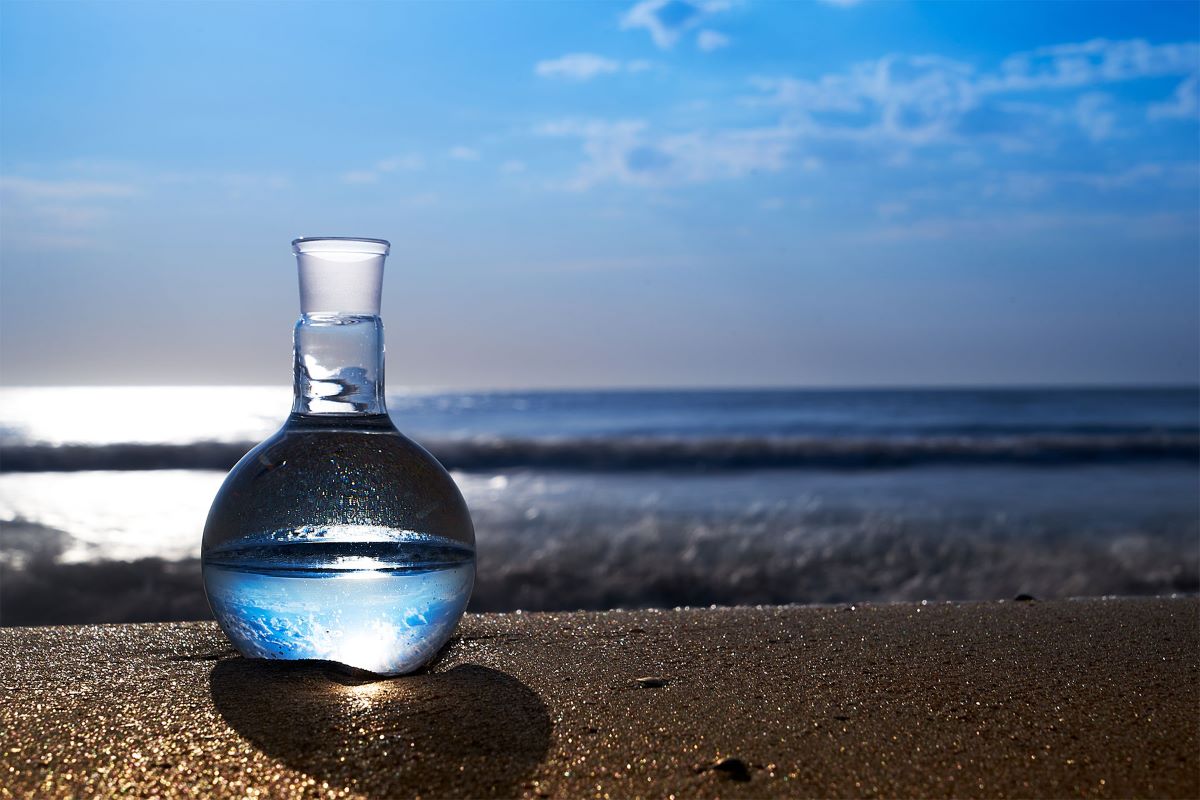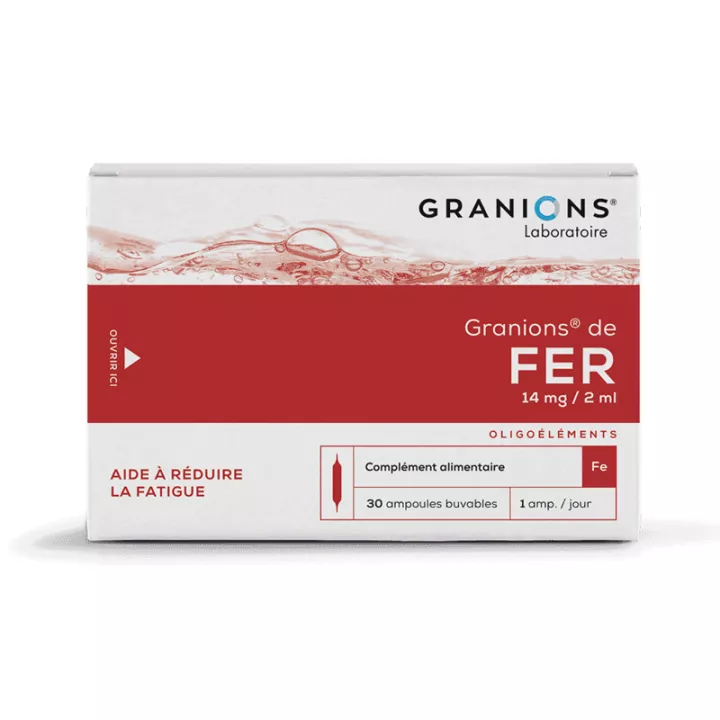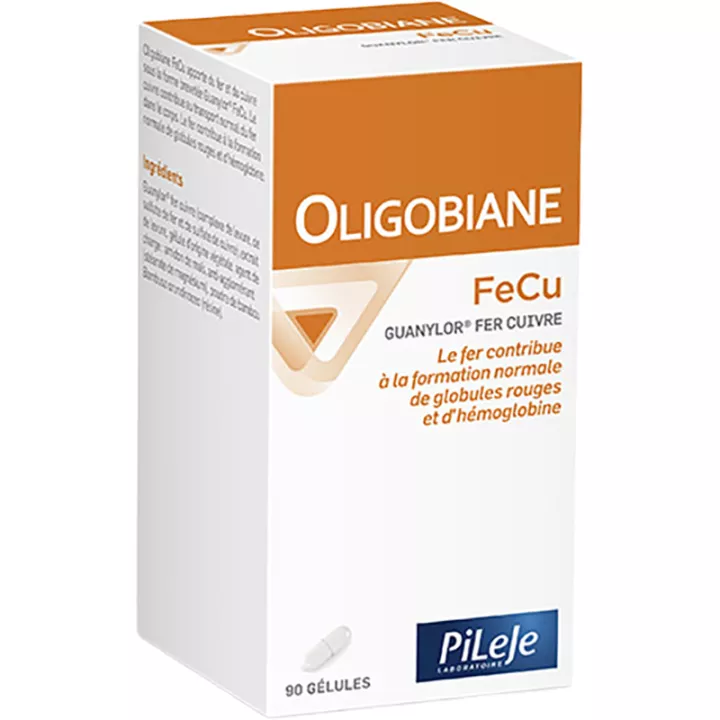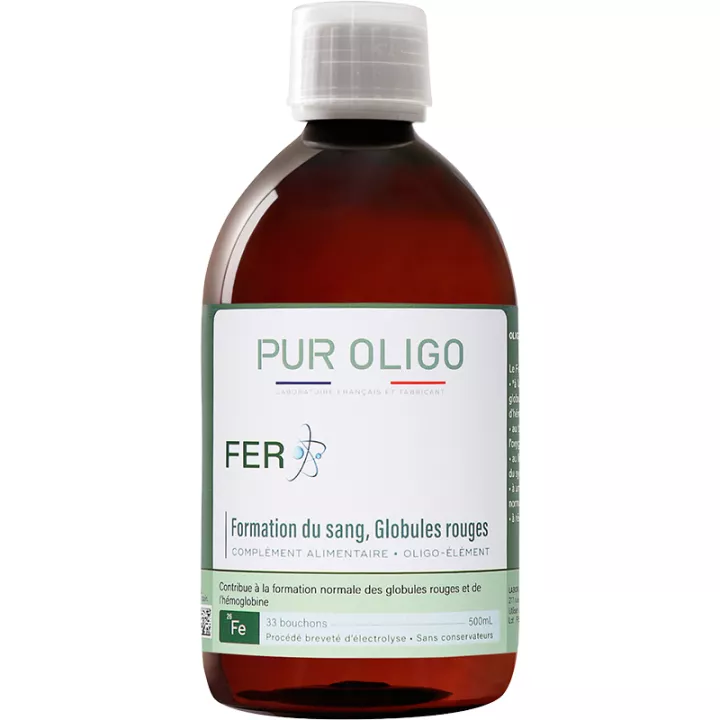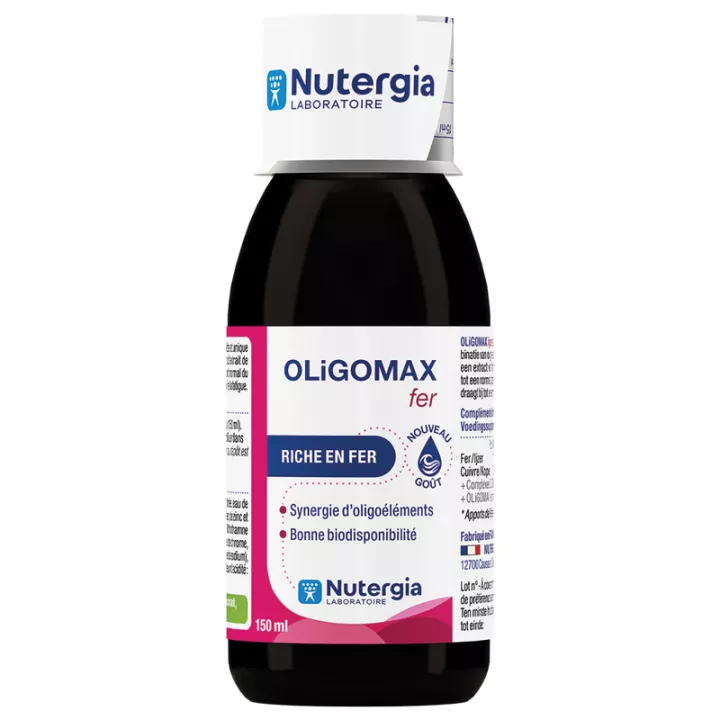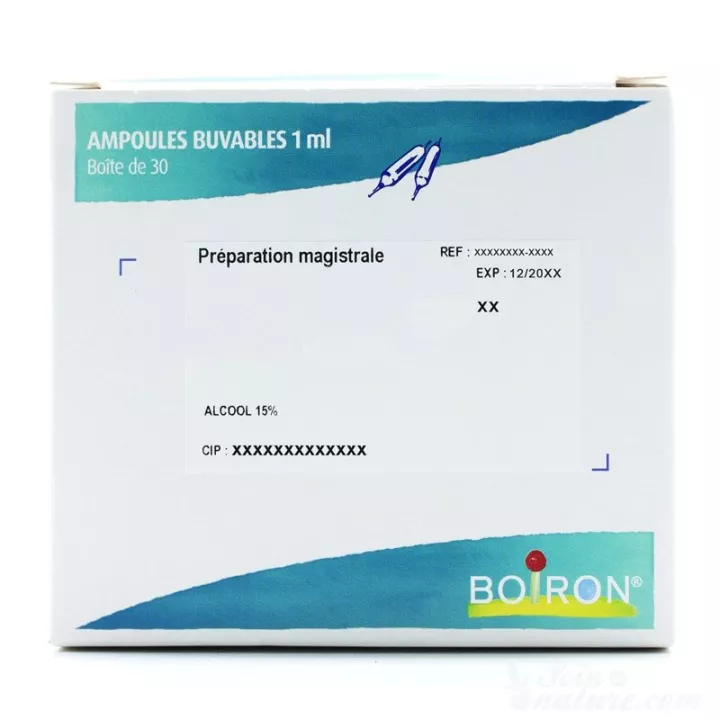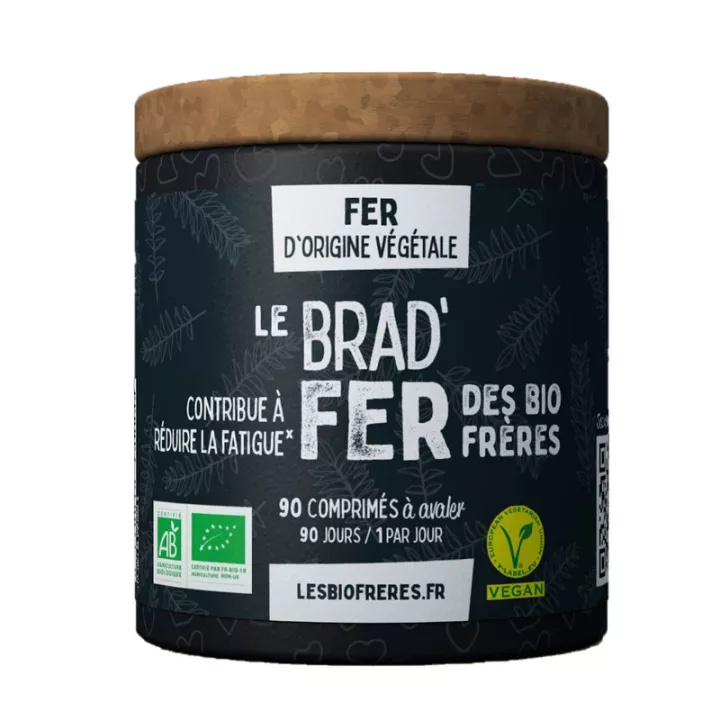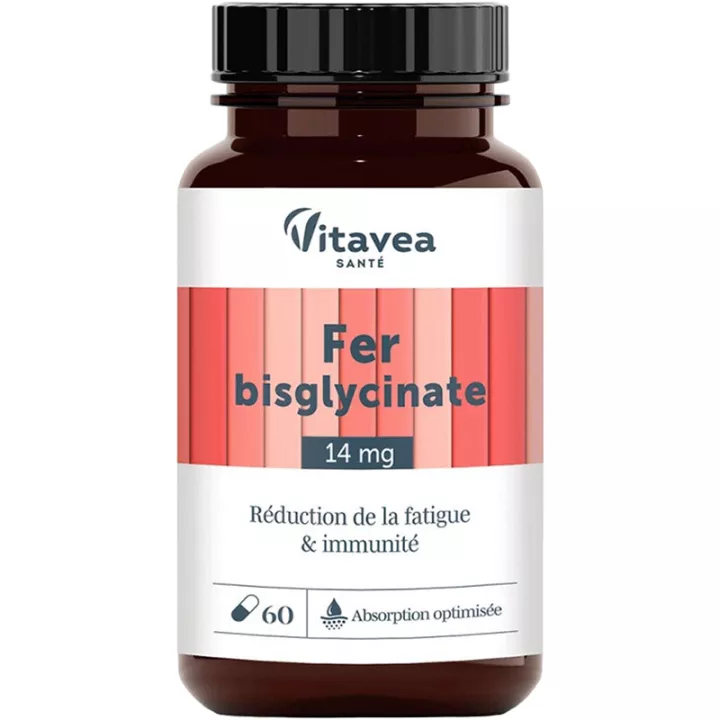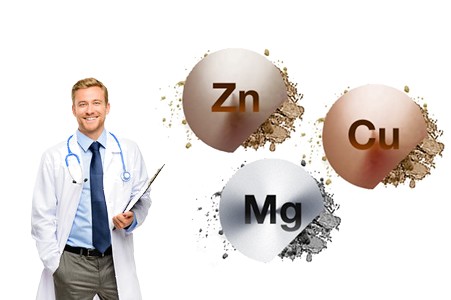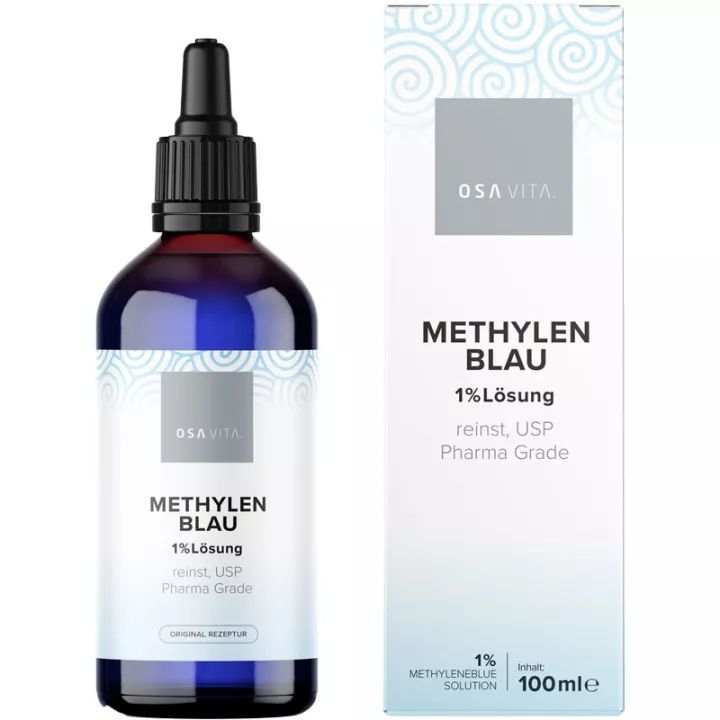What is Granions Fer 30 Drinkable Ampoules used for?
Iron plays an essential role in many biological functions: it is a fundamental constituent of hemoglobin (contained in red blood cells) and myoglobin (the oxygen reserve in muscles). It also plays a vital role in cellular functioning through enzymes.
The trace element iron (Fe), which contributes to
The iron in Granions Fer drinkable ampoules supports the normal formation of red blood cells and hemoglobin, ensuring efficient oxygen transport throughout the body. This function is essential for maintaining good cardiovascular health and ensuring an adequate supply of oxygen to vital tissues and organs.
Thanks to its ability to participate in energy metabolism, iron helps reduce fatigue and exhaustion. By optimizing energy production at cellular level, this mineral helps maintain vitality and physical stamina, promoting an active, balanced lifestyle.
Granions Iron 30 Drinkable Ampoules plays a significant role in maintaining normal cognitive function. By promoting oxygenation of the brain, iron helps support mental clarity, concentration and intellectual capacity, contributing to optimal cognitive performance.
For growing children, sufficient iron intake is essential for optimal cognitive development. Granions Fer drinkable ampoules provide a safe and effective source of iron, supporting intellectual development, memory and executive functions in young people.
Iron is also involved in the functioning of the immune system. By supporting the production of immune cells and promoting their activity, this mineral helps strengthen the body's natural defenses against infection and disease, ensuring greater resistance to external aggression.
Finally, iron plays an essential role in oxygen transport within the body. By forming an integral part of hemoglobin, it enables red blood cells to capture oxygen in the lungs and transport it to peripheral tissues, ensuring the proper functioning of all body cells.
Granions also offers Iodine Oligoelement ampoules at the best price in our online pharmacy.
How do I use these iron ampoules?
Iron is an essential trace element for humans. It is involved in many physiological functions.
Although present in very small quantities in the human body (between 4 and 5 g), iron is essential to its functioning. It is involved in almost 180 physiological functions. A sufficient supply of iron ensures vitality, strengthens the immune system and stimulates intellectual faculties.
Directions for use : 1 phial per day, diluted in a glass of water, preferably between meals.
What are the precautions for use?
- Granions® of thetrace element Iron should not be used if you have a history of allergy to any of the solution's constituents.
- Keep out of reach of young children.
- Granions® de l'oligoélément Fer shouldnot beused in excess of the recommended dose.
- Granions® de Fer is to be used as a dietary supplement as part of a varied, balanced diet and healthy lifestyle.
How to store these ampoules?
- Do not exceed the expiration date shown on the outer packaging.
- A slight deposit of thetrace element iron in Granions® solution is not abnormal. It is due to the colloidal nature of the solution. In this case, shake the ampoule before use.
- Sudden discolorationof Granions® Iron solution is not abnormal.
- Store away from heat.
What does it contain?
Purified water, colloidal agent: amylose, mineral: iron lactate, thickener: glycerine, antioxidant: ascorbic acid, sweetener: sucralose, cherry flavor.
Iron granions presentation
Net volume: 60 ml - Boxes of 30 x 2 mL ampoules - 1 month cure
Our pharmacists' advice
Food sources of the trace element iron: black pudding, liver, shellfish, fish, poultry, egg yolks, pulses, almonds, beet, cocoa, wholegrain cereals.
There are two types of iron: iron of ferrous or heme origin, and iron of ferric or non-heme origin:
- The former is found in animal foods such as meat and fish.
- Plants, on the other hand, contain non-haem iron.
The problem is that iron is a trace element that is difficult for the body to absorb. On average, it retains only a quarter of its heme content, and only 1-10% of its non-heme content. The body therefore absorbs iron from meat more easily than from cereals and vegetables.
The absorption of non-haem iron is largely influenced by the other nutrients consumed at the same time: vitamin C (ascorbic acid) and certain substances present in meat (sulphur amino acids and peptides) facilitate its absorption in the intestine, while certain substances contained in plants (phytates present in cereals and legumes, polyphenols present in fruit, vegetables, tea and wine) inhibit it.
